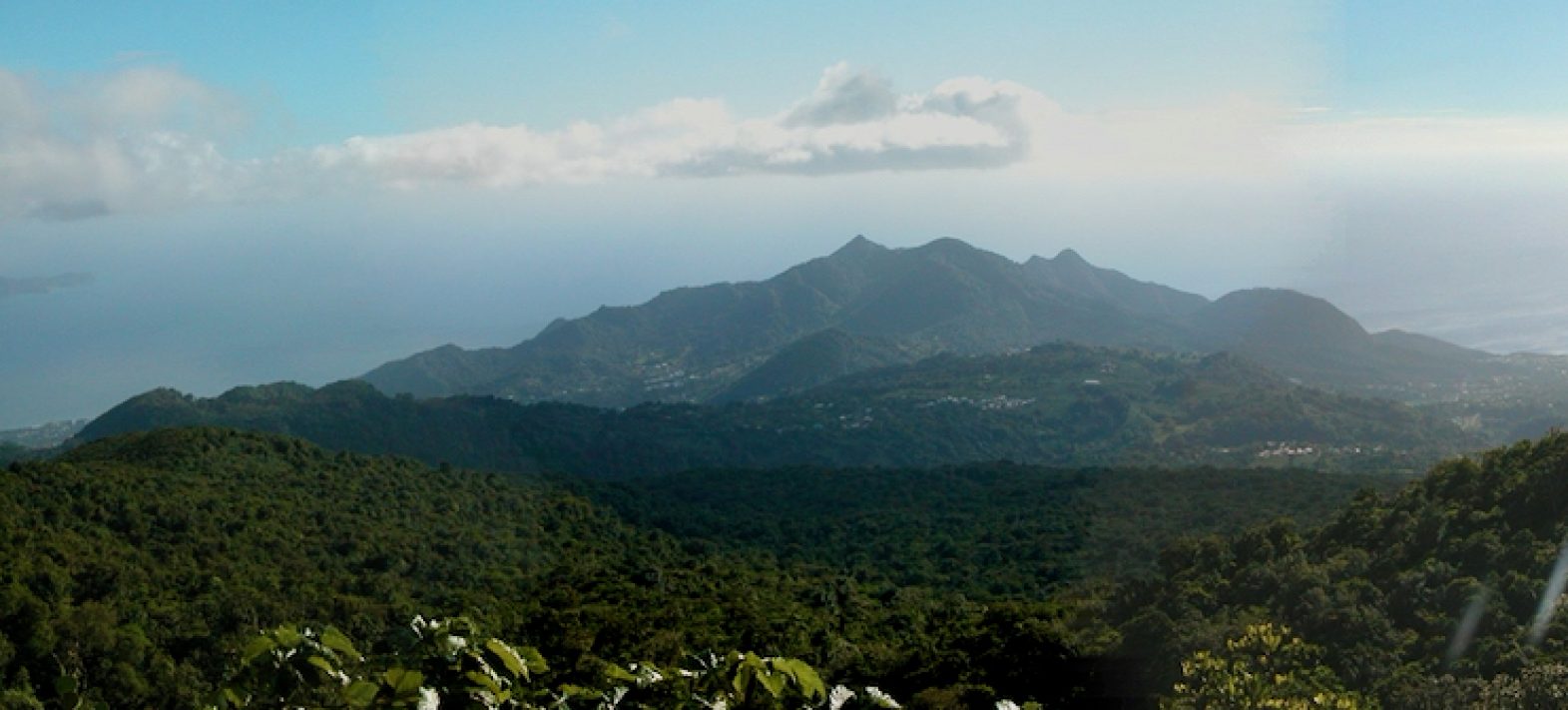Observatory of Water and Erosion in the Antilles OBSERA


Address
Le Houëlmont, 97113 Gourbeyre, Guadeloupe
The Earth surface evolves under the action of geological, chemical, physical, biological and anthropogenic processes involving a wide range of time and length scales (from the meter and the second up to the thousand of kilometers and the million years). These processes control the evolution of soils, the shape of landscapes and the coupling between climate, tectonics and erosion. Understanding them requires to monitor experimental catchments over durations long enough to capture all the time scales involved in their evolution. The Observatory of Erosion in the Antilles (ObsErA) was created in january 2011 by the CNRS-INSU to address these problematics. It is operated by the Institut de Physique du Globe de Paris (IPGP) and is part of the OZCAR Research Infra-Structure. .
The objectives of ObsErA are :
- to study and quantify the chemical and physical erosion, their feedbacks and their influence on the geological cycle, the carbon cycle and the environment (soil development, rivers chemistry, etc. .. .) in the peculiar context of a tropical volcanic island,
- to promote the development of new instruments and methods (including new isotopic tracers) for monitoring sediment transport by rivers and slope processes and characterizing the ecosystem dynamics,
- to investigate how extreme events (floods induced by heavy rains and tropical storms, earthquakes, …) may influence the long term denudation rate and the morphology of reliefs.
In this aim, ObsErA acquires data (river flow rates, suspended load, sediment size distributions in rivers, chemical composition of soils and rivers, precipitations,…) on 8 field sites belonging to 4 catchments located on Basse-Terre Island, a volcanic island of the Guadeloupe archipelago in the lesser Antilles arc. These catchments are Capesterre, Bras-David, Vieux-Habitants, and the Quiock creek catchment.



